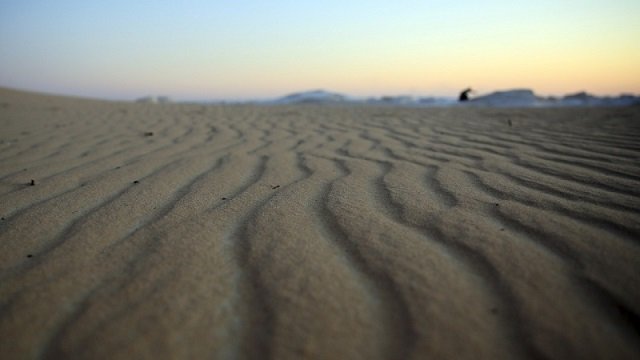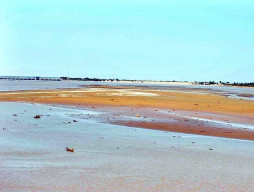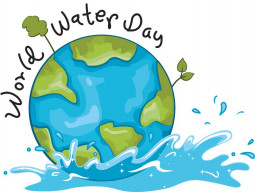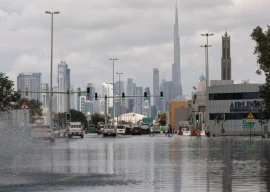
ARIZONA, USA: Researchers at the Massachusetts Institute of Technology (MIT) have found a new way to extract water out of the dry air.
A new device, based on relatively new high-surface-area materials called metal-organic frameworks (MOFs), extracts potable water from even the driest of desert air.
The team tested the device in a field in Arizona.
It seemed to be a success “though much work remains to scale up the process” say the researchers.
Pakistan ranks third among countries facing water shortage
Currently, extraction of moisture requires high levels of humidity - 100 per cent humidity for fog-harvesting methods, and above 50 per cent for the dew-harvesting refrigeration-based system - but with this new method, extraction can be done in regions having humidity levels as low as 10 percent.
Powered by sunlight, the test can draw up to a quarter-litre of water per day per kilogram of MOF, researchers say.
They further suggest that “output can be as high as three times of the current vision” if the optimal material choice is kept in mind.
According to the announcement, the research was reported in the Nature Communications journal and includes significant work on the proposed system.
“It [last year’s paper] got a lot of hype and some criticism. All of the questions that were raised from last time were explicitly demonstrated in this paper. We’ve validated those points,” says Evelyn Wang, Professor in the Department of Mechanical Engineering.
Wang further adds that this approach is unlike any other device that can extract water from the thin air and is better for extreme conditions.
World Water Day: Preserve nature to solve water issues
"This technology is fantastic, because of the practical demonstration of an air-cooled water harvesting system based on MOFs operating in a real desert climate,” says Yang Yang, a professor of materials science and engineering at the University of California.
With around 2 billion people or almost one-fifth of the world’s population, living in areas of scarcity and another 1.6 billion people facing economic water shortage, such innovations can certainly help improve scarce levels of water in regions that get bare minimum rainfall

















































COMMENTS
Comments are moderated and generally will be posted if they are on-topic and not abusive.
For more information, please see our Comments FAQ